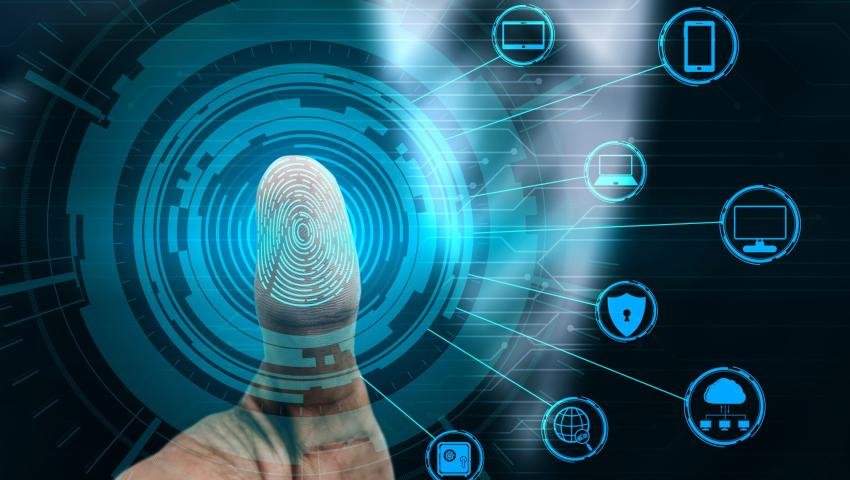
Fingerprint to Future: How Biometrics Are Changing the Game
From unlocking phones to securing identities, biometrics are reshaping the way we interact with technology. Fingerprint to Future: How Biometrics Are Changing the Game explores how fingerprint scans, facial recognition, and other biometric tools are transforming security, convenience, and everyday life. A must-read for anyone curious about the future of personal tech and digital identity.
Fingerprint to Future: How Biometrics Are Changing the Game
Introduction: Beyond Passwords and Pins
In a world where data breaches and identity thefts are becoming more common, traditional security methods like passwords and PINs are no longer enough. Enter biometric authentication—a futuristic, fast, and foolproof way to confirm identity using your unique physical or behavioral traits. Biometrics, which includes facial recognition and fingerprints, is transforming the way we protect our digital lives.
What Is Biometric Authentication?
The process of confirming an individual's identity using biological or behavioral traits is known as biometric authentication. These include:
- Fingerprints
- Facial recognition
- Iris or retina scans
- Voice recognition
- Palm veins
- Typing patterns or walking style (gait)
Unlike passwords, these traits are extremely hard to replicate or steal—making biometric systems much more secure.
Why Biometrics Are a Game-Changer
1. Better Security
Biometric traits are unique to every individual. This makes hacking nearly impossible unless someone has advanced spoofing tools—which are expensive and difficult to use.
2. Speed and Convenience
No need to remember complex passwords. Just look, speak, or tap, and you're in. It saves time and frustration, especially in smartphones and banking apps.
3. Reduced Fraud
In finance and healthcare, biometric verification has drastically reduced cases of identity theft and fraud. You can’t fake a fingerprint or face!
4. Continuous Innovation
Technology is improving fast. Now, we even have multi-modal biometrics—where two or more biometric traits are used together for added security (e.g., fingerprint + face scan).
Real-Life Examples You’re Already Using
- Smartphones: Fingerprint or Face ID to unlock phones and authorize payments.
- Airports: Facial recognition to speed up boarding and immigration.
- Banks: Biometric logins for mobile banking apps and ATMs.
- Healthcare: Securing medical records and verifying patient identity.
Challenges to Consider
Even with its benefits, biometrics isn’t perfect.
- Privacy Concerns: Storing biometric data raises questions—what if it gets leaked?
- False Positives/Negatives: Sometimes, the system fails to recognize even genuine users.
- Accessibility Issues: Not all systems work well for people with disabilities or injuries.
That’s why ethical use, data encryption, and backup methods (like PINs) are still crucial.
The Future: Where Are We Headed?
Biometric authentication is expected to grow rapidly, becoming the default security method for almost everything—from smart homes and cars to elections and e-commerce.
Upcoming trends include:
- Behavioral biometrics (like how you scroll or type)
- Voice commerce
- DNA-based authentication
- Biometrics in the metaverse and VR environments
The future is not just digital—it's personal.
Conclusion: The Future Is in Your Hands (Literally)
From unlocking your phone to securing national borders, biometric authentication is shaping a smarter, safer world. While it’s not without its challenges, its advantages are too powerful to ignore. The future of security is personal, and your fingerprint just might be the key to it all.
Tooba Wajid
Leave a comment
Your email address will not be published. Required fields are marked *

